

- RFQ
- BOM
-
Contact Us
Tel: +86-0755-83501315
Email: sales@sic-components.com
- Chinese
- English
- French
- German
- Portuguese
- Spanish
- Russian
- Japanese
- Korean
- Arabic
- Irish
- Greek
- Turkish
- Italian
- Danish
- Romanian
- Indonesian
- Czech
- Afrikaans
- Swedish
- Polish
- Basque
- Catalan
- Esperanto
- Hindi
- Lao
- Albanian
- Amharic
- Armenian
- Azerbaijani
- Belarusian
- Bengali
- Bosnian
- Bulgarian
- Cebuano
- Chichewa
- Corsican
- Croatian
- Dutch
- Estonian
- Filipino
- Finnish
- Frisian
- Galician
- Georgian
- Gujarati
- Haitian
- Hausa
- Hawaiian
- Hebrew
- Hmong
- Hungarian
- Icelandic
- Igbo
- Javanese
- Kannada
- Kazakh
- Khmer
- Kurdish
- Kyrgyz
- Latin
- Latvian
- Lithuanian
- Luxembou..
- Macedonian
- Malagasy
- Malay
- Malayalam
- Maltese
- Maori
- Marathi
- Mongolian
- Burmese
- Nepali
- Norwegian
- Pashto
- Persian
- Punjabi
- Serbian
- Sesotho
- Sinhala
- Slovak
- Slovenian
- Somali
- Samoan
- Scots Gaelic
- Shona
- Sindhi
- Sundanese
- Swahili
- Tajik
- Tamil
- Telugu
- Thai
- Ukrainian
- Urdu
- Uzbek
- Vietnamese
- Welsh
- Xhosa
- Yiddish
- Yoruba
- Zulu
- Kinyarwanda
- Tatar
- Oriya
- Turkmen
- Uyghur
Reducing Noise In Precision Amplifiers
In precision amplifiers, noise can really drive people crazy — after all, the signal might only be a few microvolts, and a little interference can ruin everything. Whether it's an ECG machine monitoring heartbeats or a strain gauge measuring structural stress, you have to fight noise tooth and nail, otherwise the data is completely useless.
First, let's talk about where noise comes from. The amplifier itself can cause trouble. For example, thermal noise, where electrons in resistors jostle around and create disturbances, and the higher the temperature, the more chaotic it gets. There's also that 1/f noise, which is especially annoying at low frequencies, particularly in MOSFETs, feeling like the signal is covered with a layer of noise filter. External interference is even worse. If there's a motor or high-voltage line nearby, the 50Hz hum can directly窜 into the circuit. Poor grounding is also a problem; different ground potentials in different places, and small currents running through can become noise, which is super common in medical equipment. Oh right, bad circuit design can also amplify noise — mismatched resistors, messy wiring, all can let noise take advantage.
Want to reduce noise? Choosing the right components is the first step. Those low-noise amplifiers, like ADI's AD8628, have extremely low voltage noise, making them absolute gods for dealing with low-frequency signals. Resistors need to be picked carefully too; metal film ones are much more stable than carbon film ones, and a tighter tolerance saves you from pairing issues. Stick two capacitors next to the power supply — a 100nF ceramic capacitor for high frequencies, and a 1µF electrolytic capacitor in parallel for low frequencies, the effect is immediate.
There are also tricks in circuit design. Don't make the bandwidth too large; the signal only has that frequency range. Put a low-pass filter to cut off the extra frequency bands, and noise will naturally decrease. The gain also needs to be handled properly. Amplify the signal early when it's weak, but don't overdo it, otherwise the noise will be amplified along with it, which isn't worth it. Differential amplification is really great, especially that kind of instrumentation amplifier, which can directly suppress common-mode noise — medical equipment totally relies on it to save the day.
For external interference, shielding is a must. Use shielded wires for signal lines, with the outer metal shield grounded, which is like putting a golden bell cover on the signal, so EMI can't get in at all. Grounding also needs attention; separate analog and digital grounds, connecting them at only one point, otherwise the noise from digital circuits can pollute the analog signal beyond recognition. As for the power supply, linear regulators are much more stable than switching power supplies. Although they consume a bit more power, the noise is smaller. If you really have to use a switching power supply, adding a filter behind it works too.
PCB wiring can't be sloppy either. The shorter the wires, the better, especially input wires. If they're dragged too long, they act like antennas, and it's no wonder they pick up noise. Sensitive signal lines shouldn't be placed with high-current lines — it's like courting disaster. Put a guard ring around the input lines to draw away stray currents, this trick has been tested and works.
Some advanced operations can also be tried, like auto-zero amplifiers, which calibrate from time to time to cancel out offset and low-frequency noise. There's also chopper stabilization technology, which moves the signal to high frequencies to avoid 1/f noise, then moves it back — it's simply a dimensionality reduction strike. But these things might be a bit expensive, depending on your needs.
Anyway, reducing noise isn't that simple. You have to keep an eye on everything from components to wiring. Sometimes, if a small detail isn't handled well, all previous efforts are in vain. But as long as you use all these tricks, noise can definitely be suppressed. When the signal is clean, the measured data is reliable — otherwise, what's the use of building the circuit with so much effort?
https://www.sic-components.com/

Hot Products
View MoreRelated Blogs

2000+
Daily average RFQ Volume

30,000,000
Standard Product Unit

2800+
Worldwide Manufacturers

15,000 m2
In-stock Warehouse



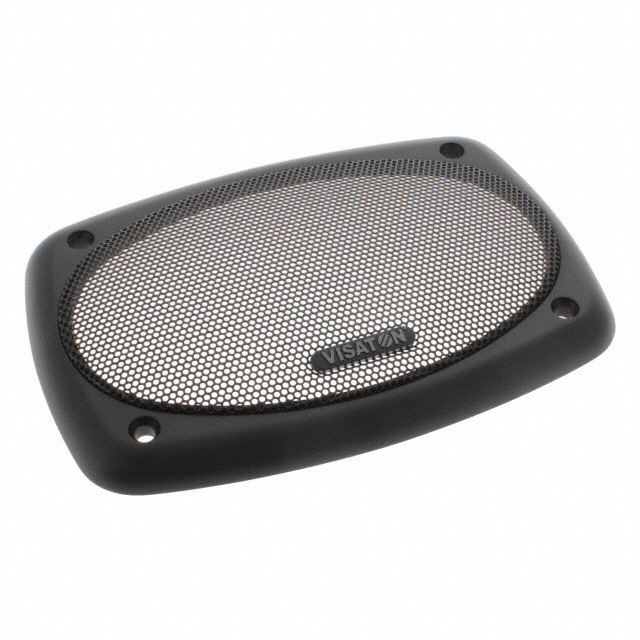
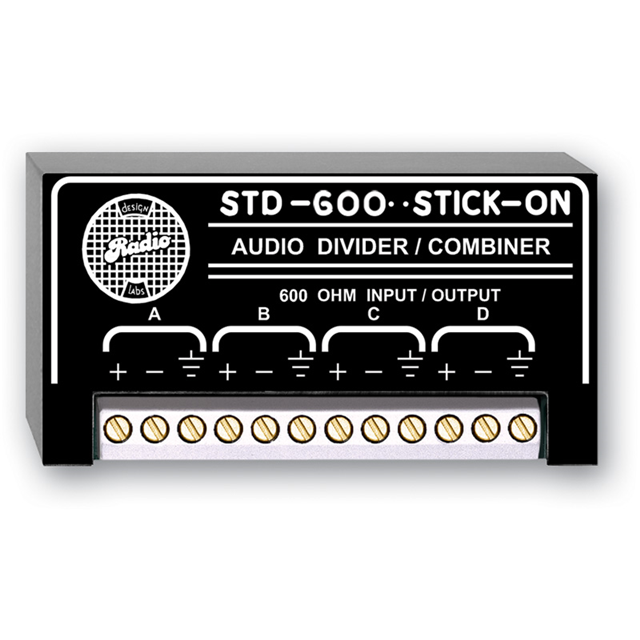

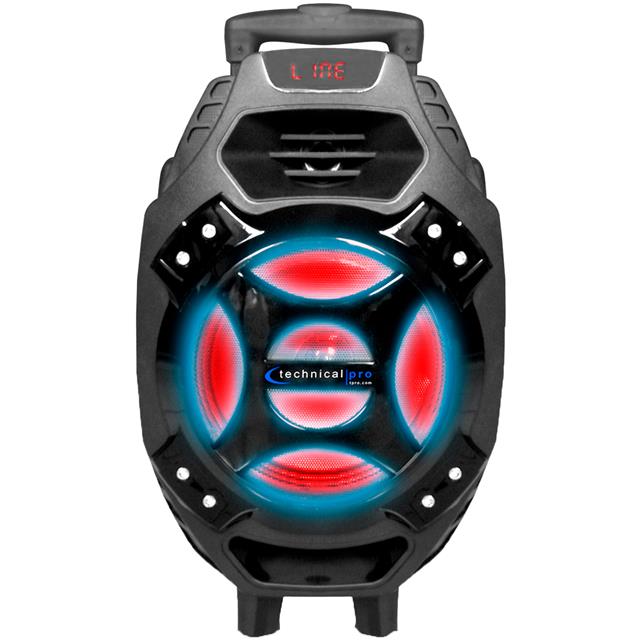
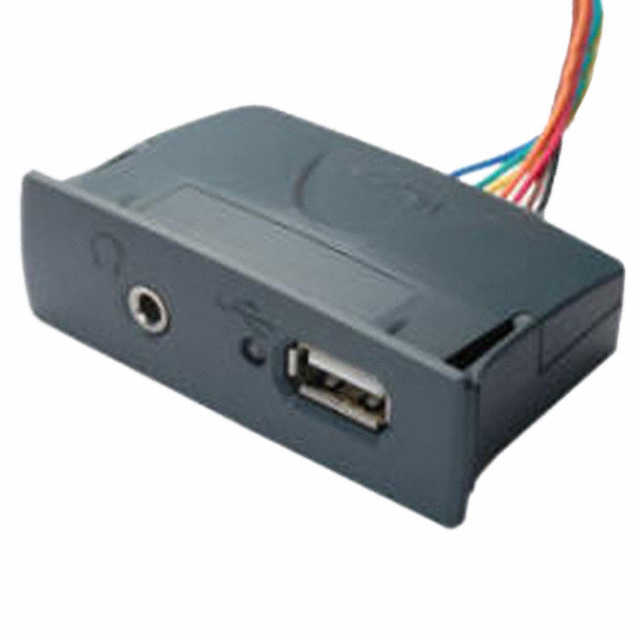
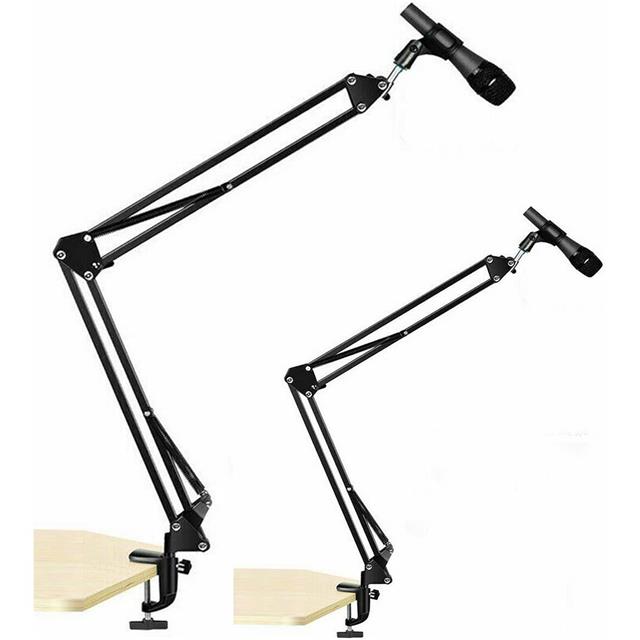


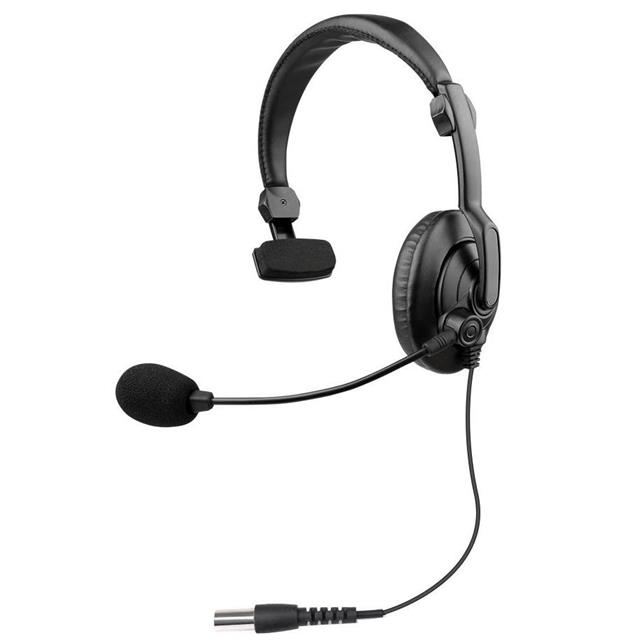
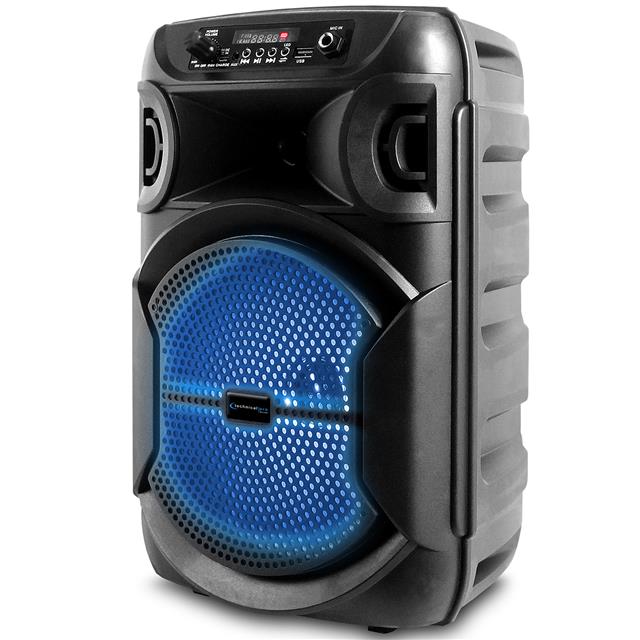

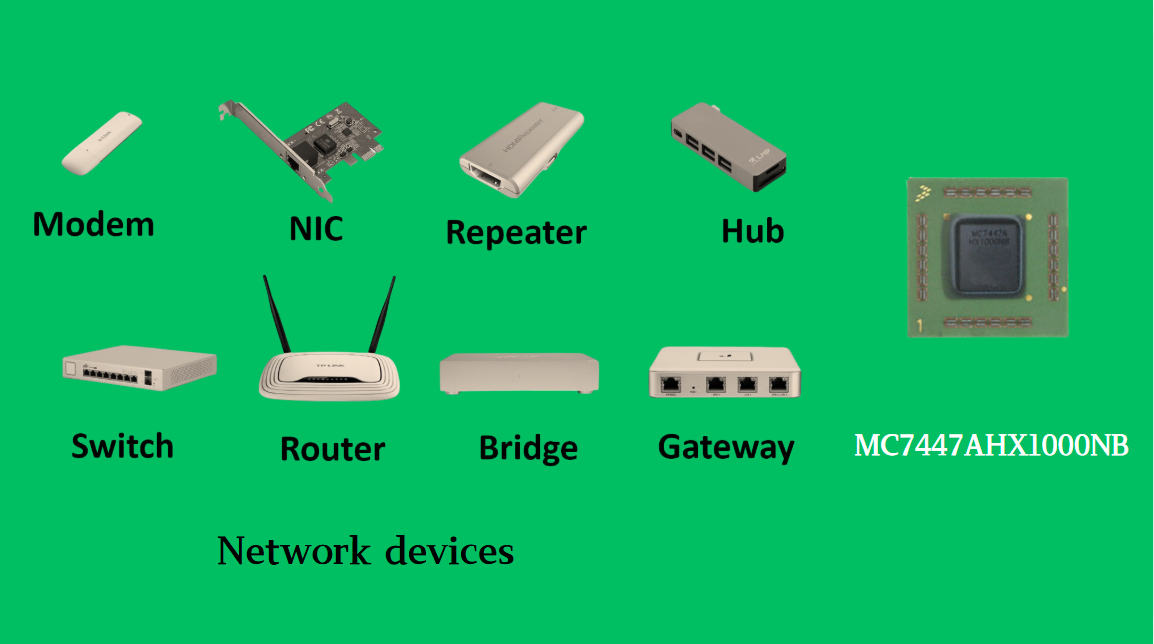
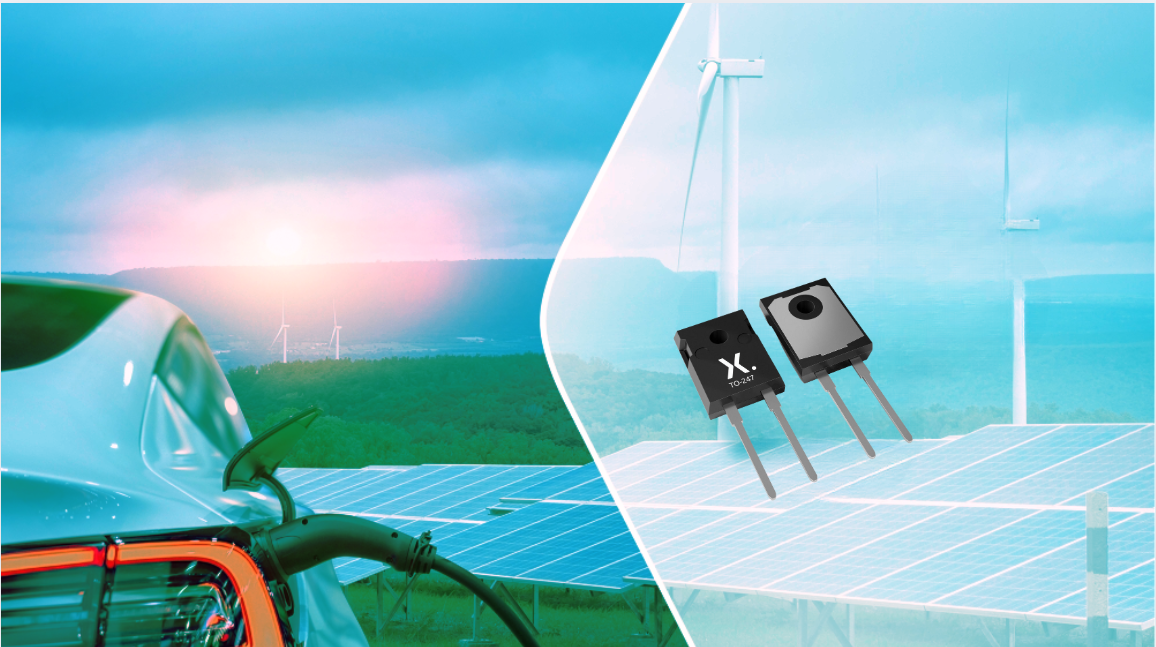







 Wishlist (0 Items)
Wishlist (0 Items)